Sewing is not only a practical skill but also a creative outlet loved by many. Whether you are a beginner or an experienced seamstress, mastering basic hand stitches is crucial. Hand stitches not only serve functional purposes but can also add decorative elements to your sewing projects. Here are some of the most common hand stitches you should learn.
Straight Stitch
The straight stitch, also known as the running stitch, is the most basic hand stitch. It is commonly used for basting, gathering fabric, or creating temporary stitches. To make a straight stitch, simply pass the needle and thread through the fabric, in and out, in a straight line.

Backstitch
The backstitch is stronger and commonly used for securing seams or attaching fabric pieces together permanently. Start by making a small stitch forward, then bring the needle back, inserting it into the end of the first stitch. Continue this pattern to create a sturdy line of stitches.

Basting Stitch
Basting stitches are long, temporary stitches used to hold fabric layers in place before permanent stitching. They can be easily removed once they serve their purpose. Basting stitches are handy for fitting garments or creating pleats. To make a basting stitch, create long and loose stitches without pulling the thread too tightly.
Overcast Stitch
The overcast stitch, also known as the whipstitch, is used to finish raw fabric edges, prevent fraying, and strengthen seams. To make this stitch, guide the needle over the fabric edge in a diagonal motion, looping the thread around the edge to create a secure seam.

Slip Stitch
The slip stitch is commonly used for invisible hems or attaching bindings to fabric. It creates an almost invisible stitch on the right side of the fabric. To make a slip stitch, insert the needle through the folded edge of the fabric and catch a small amount of fabric from the opposite side, creating a tiny horizontal stitch.

Conclusion
Mastering these basic hand stitches is essential for any sewing enthusiast. Whether you are repairing a garment or creating a brand-new piece, these stitches will become your go-to techniques. Remember to practice and experiment with different fabrics and projects to perfect your skills!
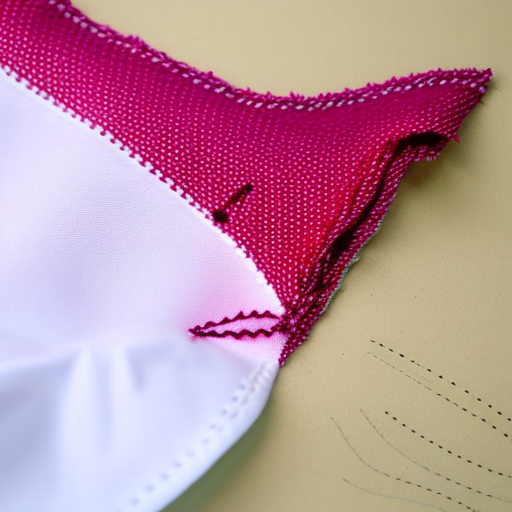
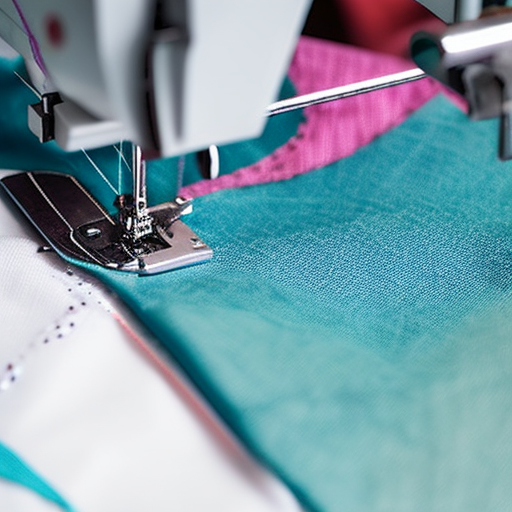
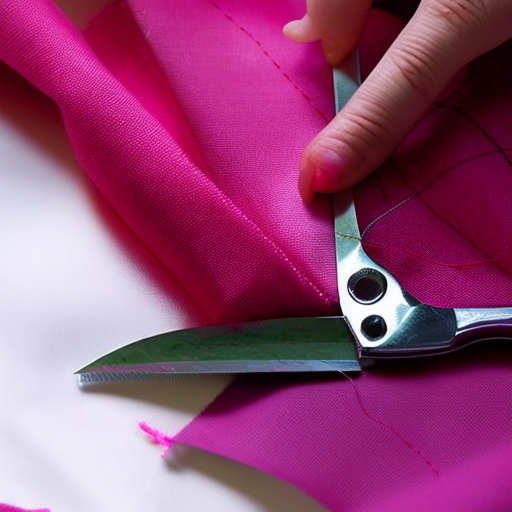
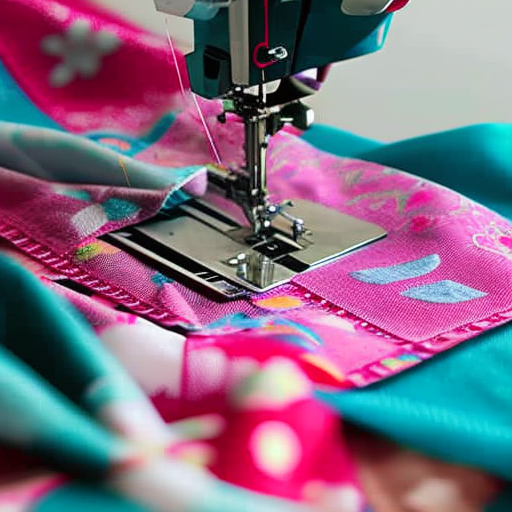
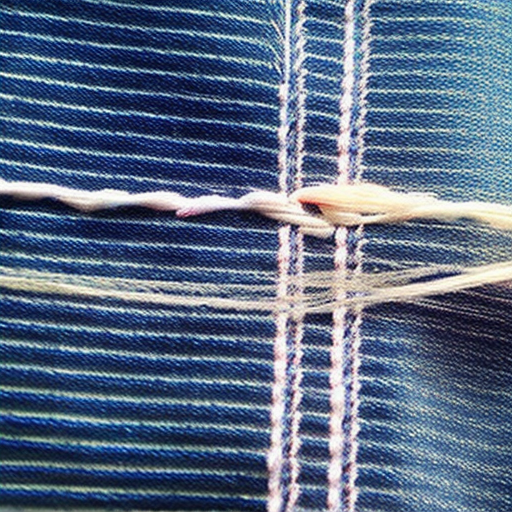
This is great for anyone who wants to learn sewing essentials!
Samantha Jacobs: Very useful tips!
This is a great resource for anyone who wants to learn the basics of sewing. Whether you are a beginner or an experienced sewer, these basic hand stitches are sure to come in handy.
This is perfect for anyone starting out in the world of sewing!
Great for those who want to master the basics of sewing! I’m sure this will help me expand my sewing skill set.